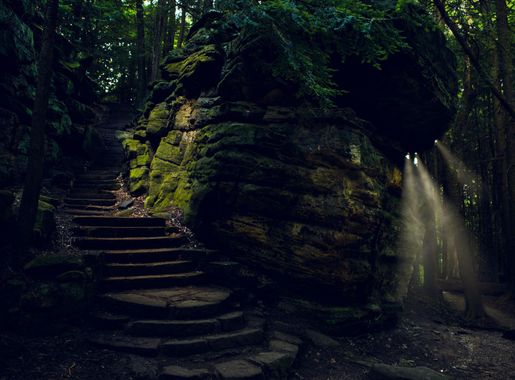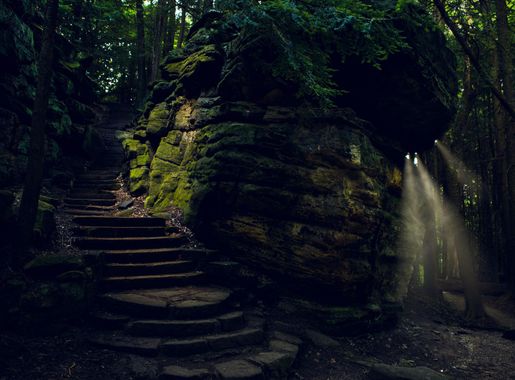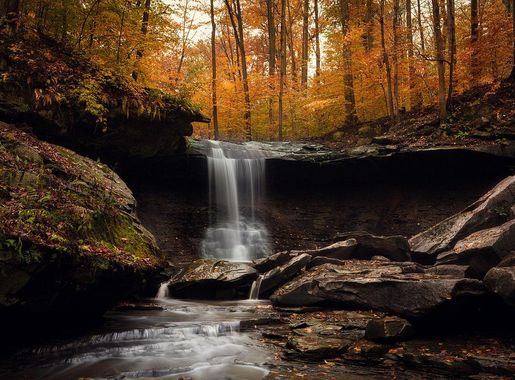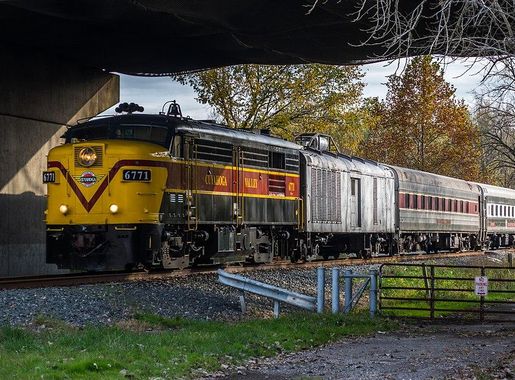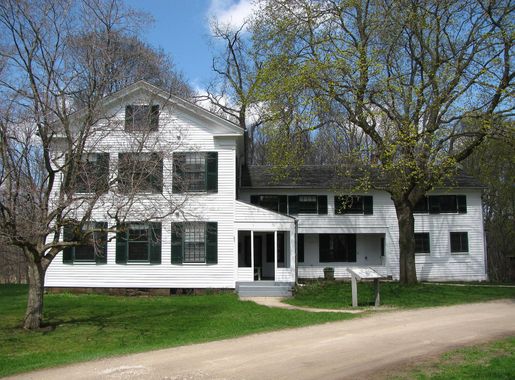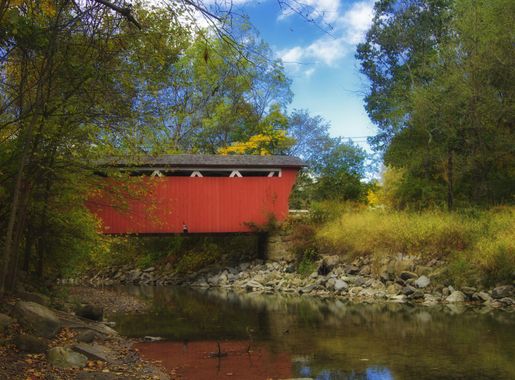
Cuyahoga Valley National Park: Ohio's Natural Oasis
Discover the serene beauty and rich cultural history of Cuyahoga Valley National Park, Ohio's natural oasis nestled between Cleveland and Akron.
Nestled between the bustling cities of Cleveland and Akron, Cuyahoga Valley National Park offers a serene and breathtaking escape into nature. This hidden gem in Ohio is a tapestry of diverse landscapes, from rolling hills and lush forests to cascading waterfalls and winding rivers. The park spans over 33,000 acres, providing ample space for exploration and adventure. Visitors to Cuyahoga Valley National Park can enjoy a variety of outdoor activities. The park boasts more than 125 miles of hiking trails, suitable for all levels of hikers. One of the most popular trails is the Towpath Trail, which follows the historic Ohio & Erie Canal and offers stunning views of the Cuyahoga River. For those interested in wildlife, the park is home to over 250 species of birds, making it a paradise for bird watchers. In addition to its natural beauty, Cuyahoga Valley National Park is rich in cultural history. The park is dotted with historic sites, including the charming village of Peninsula and the Boston Store Visitor Center, which provides insights into the canal's history. The park also hosts a variety of seasonal events and educational programs, allowing visitors to immerse themselves in the local culture and heritage.
Local tips in Cuyahoga Valley National Park
- Visit in the fall to witness the stunning autumn foliage.
- Bring binoculars for bird watching; the park is home to over 250 bird species.
- Check the park's event calendar for seasonal activities and educational programs.
- Wear sturdy hiking boots if you plan to explore the trails.
- Stop by the Boston Store Visitor Center to learn about the park's history and get trail maps.
Cuyahoga Valley National Park: Ohio's Natural Oasis
Nestled between the bustling cities of Cleveland and Akron, Cuyahoga Valley National Park offers a serene and breathtaking escape into nature. This hidden gem in Ohio is a tapestry of diverse landscapes, from rolling hills and lush forests to cascading waterfalls and winding rivers. The park spans over 33,000 acres, providing ample space for exploration and adventure. Visitors to Cuyahoga Valley National Park can enjoy a variety of outdoor activities. The park boasts more than 125 miles of hiking trails, suitable for all levels of hikers. One of the most popular trails is the Towpath Trail, which follows the historic Ohio & Erie Canal and offers stunning views of the Cuyahoga River. For those interested in wildlife, the park is home to over 250 species of birds, making it a paradise for bird watchers. In addition to its natural beauty, Cuyahoga Valley National Park is rich in cultural history. The park is dotted with historic sites, including the charming village of Peninsula and the Boston Store Visitor Center, which provides insights into the canal's history. The park also hosts a variety of seasonal events and educational programs, allowing visitors to immerse themselves in the local culture and heritage.
When is the best time to go to Cuyahoga Valley National Park?
Iconic landmarks you can’t miss
Brandywine Falls
Discover the breathtaking beauty of Brandywine Falls, a stunning waterfall in Cuyahoga Valley National Park, perfect for nature lovers and outdoor adventurers.
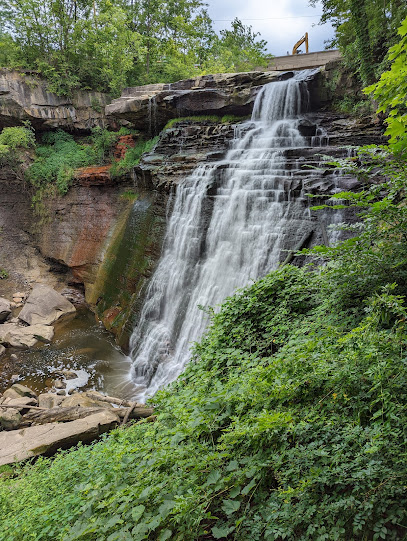
Gorge Metro Park
Explore the scenic trails, fishing spots, and seasonal activities at Gorge Metro Park in Cuyahoga Falls, Ohio - a perfect destination for outdoor enthusiasts.
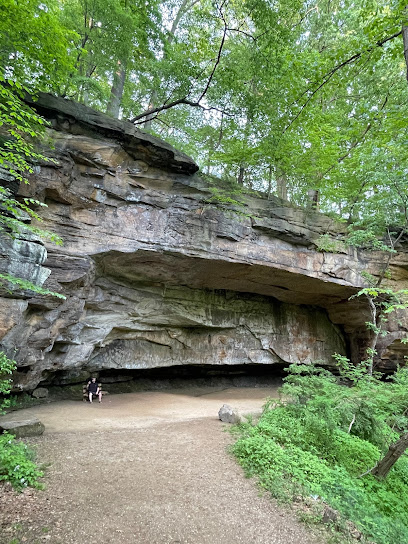
Boston Mill Visitor Center
Discover the Boston Mill Visitor Center, your gateway to the natural beauty and rich history of Cuyahoga Valley National Park in Ohio.

Cascade Valley Metro Park-Chuckery Area
Discover the enchanting Cascade Valley Metro Park-Chuckery Area—your ultimate destination for hiking, fishing, and picnicking in Akron, Ohio.

Great Falls of Tinkers Creek
Experience the breathtaking beauty of the Great Falls of Tinkers Creek, Ohio's largest waterfall in the heart of Cuyahoga Valley National Park.
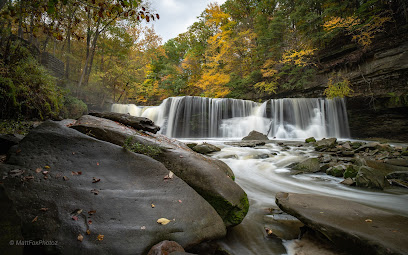
Ledges Trailhead
Discover the scenic beauty and unique rock formations at Ledges Trailhead, a premier hiking destination in Cuyahoga Valley National Park, Ohio.
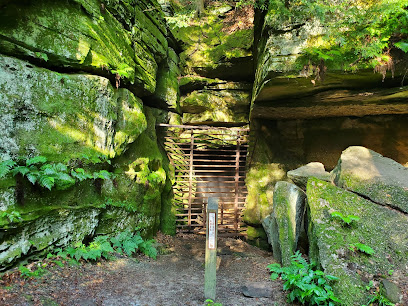
Canal Exploration Center
Explore the rich history and natural beauty of the Cuyahoga Valley at the Canal Exploration Center, a must-visit tourist attraction in Ohio.
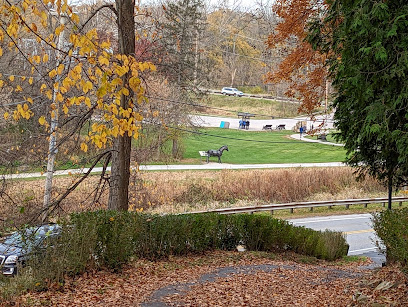
Ledges Overlook
Discover breathtaking views and stunning rock formations at Ledges Overlook, a premier hiking destination in Cuyahoga Valley National Park, Ohio.
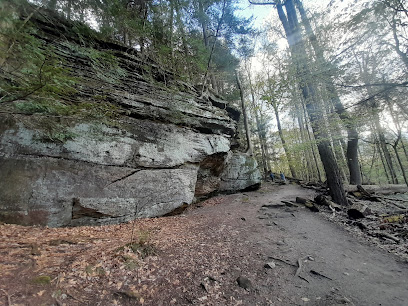
Cuyahoga Valley Scenic Railroad, Akron
Experience the breathtaking scenery of Ohio's Cuyahoga Valley National Park aboard the charming Cuyahoga Valley Scenic Railroad.
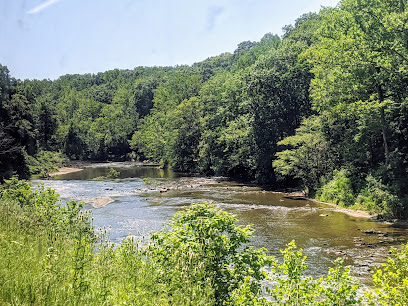
Deep Lock Quarry Metro Park
Discover the beauty of Deep Lock Quarry Metro Park in Ohio, where stunning trails, unique geological features, and diverse wildlife await nature lovers.
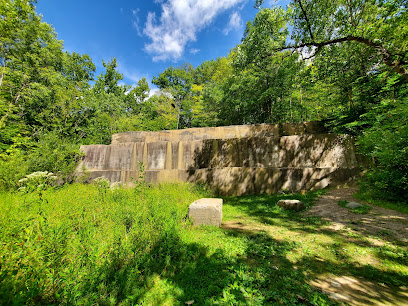
CanalWay Center
Explore nature's beauty at CanalWay Center, a serene preserve in Cuyahoga Heights perfect for hiking, picnicking, and wildlife watching.

Lock 29 Trailhead
Explore Lock 29 Trailhead: A Gateway to Cuyahoga Valley National Park's Scenic Trails and Wildlife Adventures.
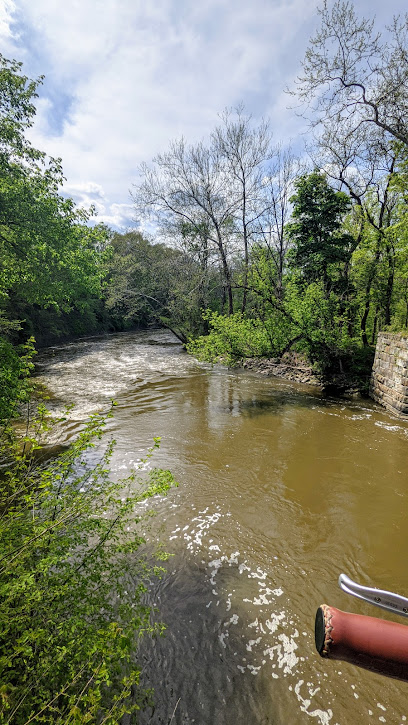
Virginia Kendall Area
Explore Virginia Kendall Area, a scenic state park in Ohio, perfect for hiking, wildlife spotting, and enjoying nature's tranquility.
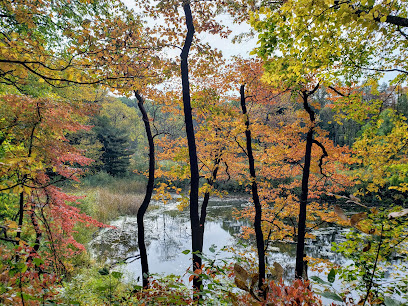
High Bridge Glens
Discover the serene beauty of High Bridge Glens in Cuyahoga Falls, Ohio, where lush gardens and stunning river views create an idyllic escape.
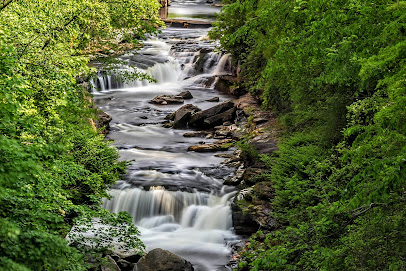
Station Road Bridge
Experience the beauty and tranquility of Station Road Bridge in Cuyahoga Valley National Park, a perfect destination for outdoor enthusiasts and nature lovers.
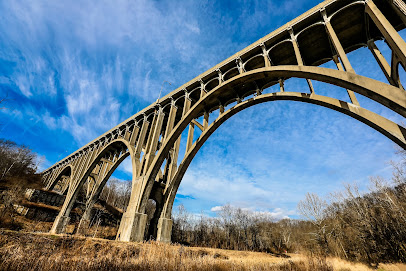
Unmissable attractions to see
The Cleveland Museum of Art
Explore The Cleveland Museum of Art, a cultural gem in University Circle featuring thousands of artworks from around the world, all with free admission.
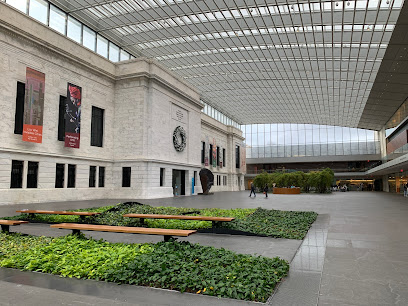
Rocky River Reservation
Explore the breathtaking landscapes, diverse wildlife, and recreational opportunities at Rocky River Reservation, a prime outdoor destination in Ohio's Cleveland Metroparks.
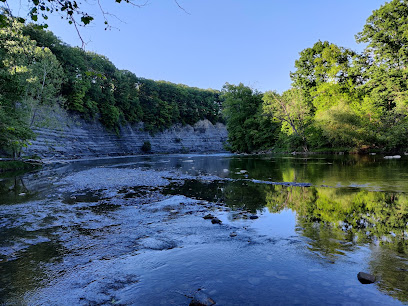
Brandywine Falls
Experience the breathtaking beauty of Brandywine Falls, a stunning waterfall surrounded by lush trails and rich wildlife in Ohio's Cuyahoga Valley National Park.
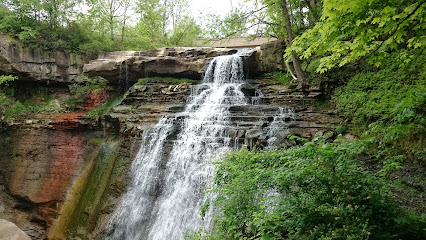
Cleveland Public Square
Explore Cleveland Public Square, a vibrant city plaza offering rich history, beautiful landscapes, and exciting events in the heart of downtown Cleveland.
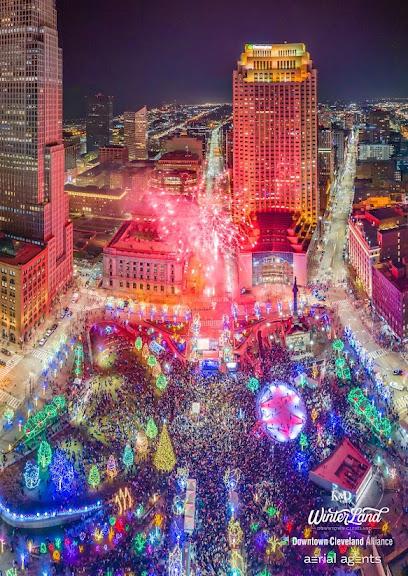
Stan Hywet Hall & Gardens
Experience the grandeur of Stan Hywet Hall & Gardens, a historical gem in Akron showcasing stunning architecture and beautiful gardens.
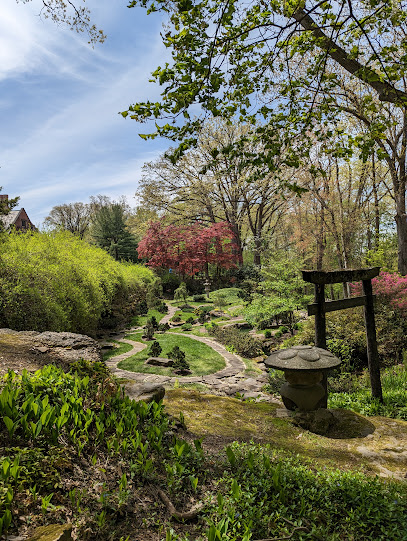
Gorge Metro Park
Explore the beauty of Gorge Metro Park in Cuyahoga Falls, Ohio, featuring hiking trails, fishing spots, and year-round outdoor activities for all ages.
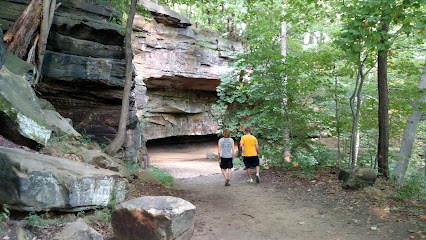
Fun 'n' Stuff
Experience the thrill of Fun 'n' Stuff in Macedonia, Ohio – where amusement park excitement meets family fun!
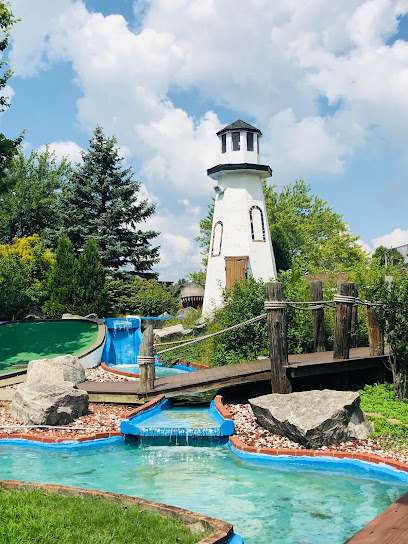
Boston Mill Visitor Center
Discover the beauty of Cuyahoga Valley National Park at the Boston Mill Visitor Center, your starting point for adventure, history, and nature.
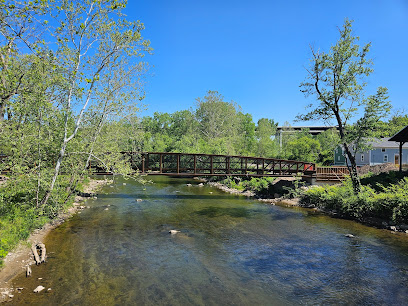
F.A. Seiberling Nature Realm
Explore the natural beauty of F.A. Seiberling Nature Realm in Akron, Ohio—your perfect escape for hiking, picnics, and serene landscapes.
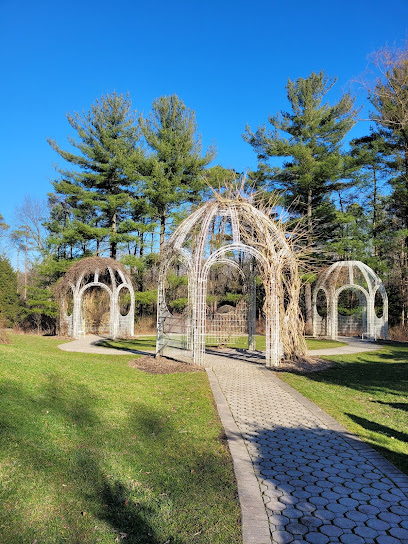
Brecksville Reservation
Explore Brecksville Reservation, a natural gem offering scenic trails, diverse wildlife, and picturesque views in Ohio's Cleveland Metroparks.
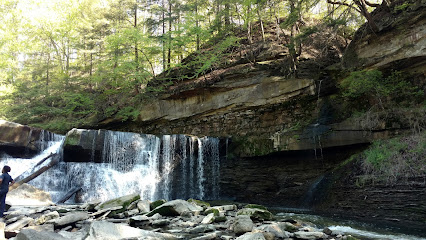
Chagrin Falls Waterfall
Discover the enchanting Chagrin Falls Waterfall, a stunning natural gem surrounded by charming shops and nature trails in Ohio's picturesque village.
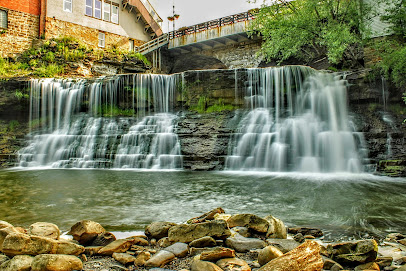
Munroe Falls Metro Park
Explore Munroe Falls Metro Park: A Scenic City Park for Hiking, Fishing, and Relaxation in Ohio's Natural Beauty.
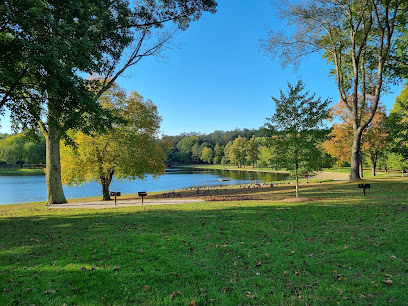
Great Falls of Tinkers Creek
Experience the breathtaking beauty of the Great Falls of Tinkers Creek, a must-visit destination for nature lovers and hiking enthusiasts in Ohio.
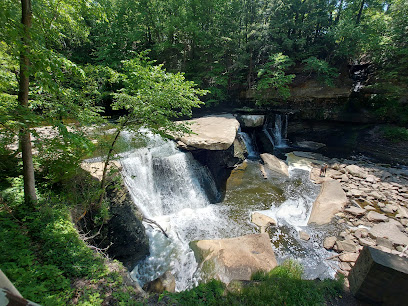
Mill Creek Falls
Explore the serene beauty of Mill Creek Falls, a stunning natural attraction in Cleveland, perfect for hiking, photography, and relaxation.
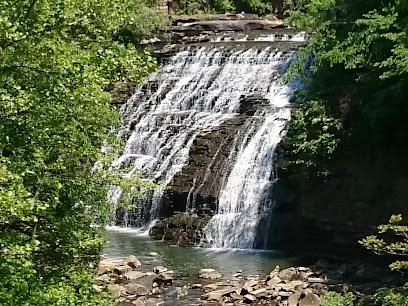
Ledges Trailhead
Explore Ledges Trailhead in Cuyahoga Valley National Park, where stunning rock formations and scenic trails await outdoor enthusiasts and nature lovers.
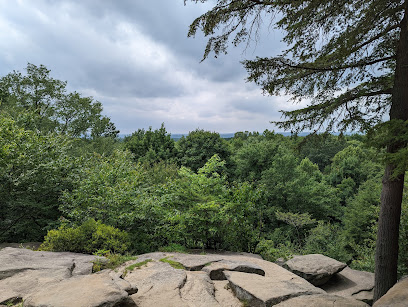
Essential places to dine
Winking Lizard Peninsula
Discover Winking Lizard Peninsula: A delightful American restaurant offering delicious cuisine in the heart of Ohio's scenic Peninsula.
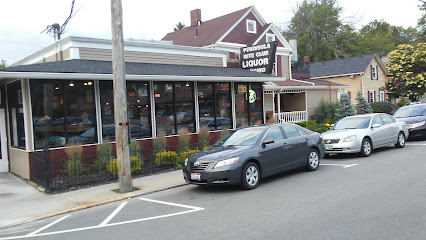
Olive Garden Italian Restaurant
Discover the essence of Italian dining at Olive Garden Cuyahoga Falls - where family meets flavor in every bite.
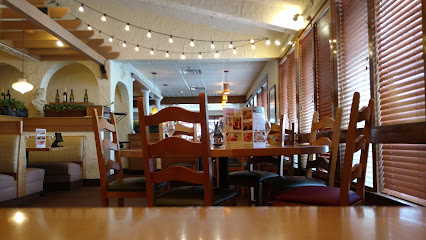
Burntwood Tavern
Savor delicious American cuisine at Burntwood Tavern in Cuyahoga Falls – where comfort meets flavor in a welcoming atmosphere.
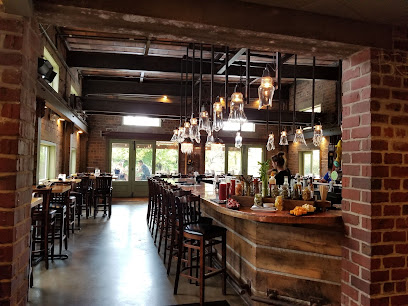
The Blue Door Café & Bakery
Experience culinary delight at The Blue Door Café & Bakery in Cuyahoga Falls - where organic meets exquisite dining.

Hibachi Japan
Discover Hibachi Japan: A culinary adventure in Cuyahoga Falls featuring authentic teppanyaki and sushi delights for every food enthusiast.

Fishers
Discover the delightful flavors of American cuisine at Fishers Cafe in Peninsula—where great food meets stunning natural beauty.

Blue Canyon Kitchen & Tavern
Experience exceptional American cuisine at Blue Canyon Kitchen & Tavern in Twinsburg, where every meal is crafted with care using fresh local ingredients.

Papa Joe's Iacomini's
Experience authentic Italian cuisine paired with an exceptional wine selection at Papa Joe's Iacomini's in Akron’s beautiful Merriman Valley.
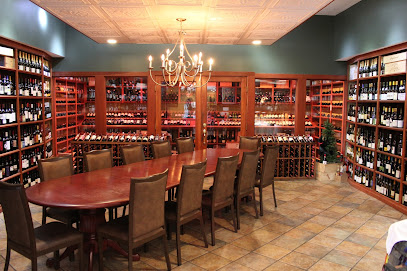
Molly Browns Cafe Cuyahoga falls
Experience delightful breakfasts at Molly Brown's Cafe in Cuyahoga Falls - perfect for families seeking delicious food in a welcoming atmosphere.
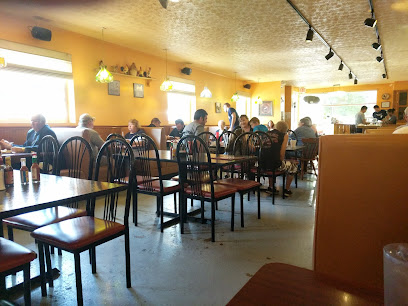
Leo's Italian Social
Discover authentic Italian cuisine at Leo's Italian Social in Cuyahoga Falls – where every meal is a celebration of flavor.
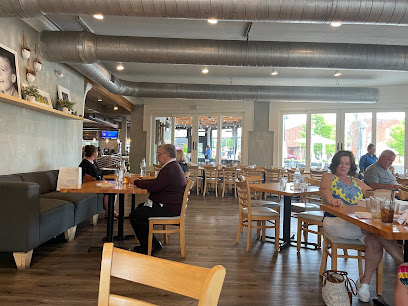
Beau's on the River
Experience fine dining at its best at Beau's on the River in Cuyahoga Falls—where exceptional cuisine meets breathtaking views.
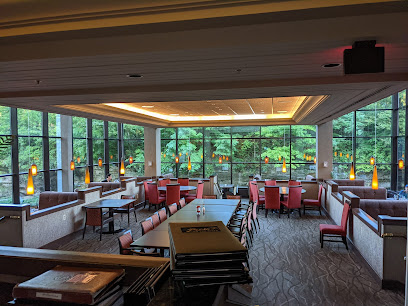
Butcher & Sprout
Experience the vibrant flavors of American cuisine at Butcher & Sprout in Cuyahoga Falls—where every meal is a celebration.

Darby's on 59
Experience culinary excellence at Darby's on 59 in Cuyahoga Falls – where great food meets a cozy pub ambiance.
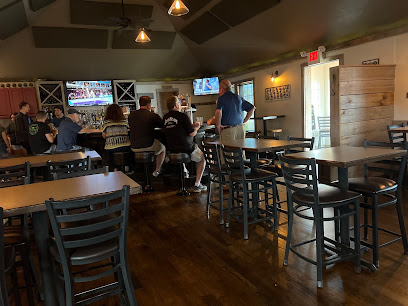
Crave Cantina
Discover authentic Latin American cuisine at Crave Cantina in Cuyahoga Falls - a delightful dining experience awaits!
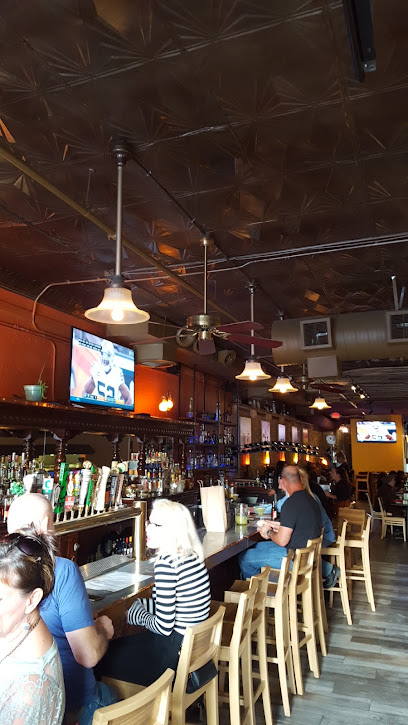
The Merchant Tavern
Discover the vibrant flavors of American cuisine at The Merchant Tavern in Akron - where every meal is an experience to savor.
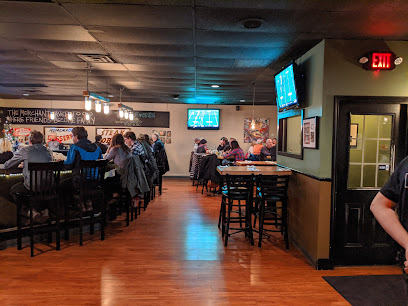
Markets, malls and hidden boutiques
Cuyahoga Valley National Park
Explore Cuyahoga Valley National Park, a breathtaking natural haven in Ohio, filled with scenic trails, rich wildlife, and unforgettable outdoor adventures.
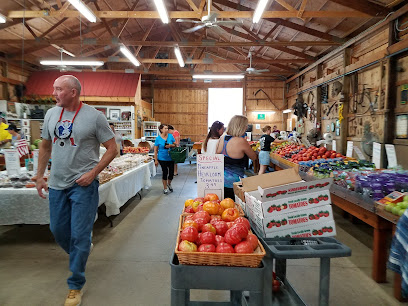
House from A Christmas Story
Discover the enchanting House from A Christmas Story in Cleveland, where nostalgia and holiday magic come to life in a historic setting.
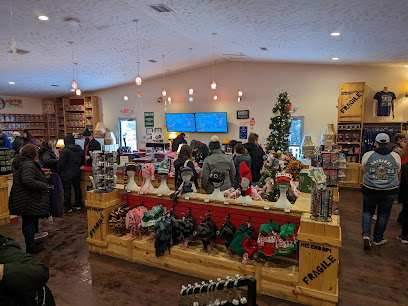
Market District Supermarket
Explore Market District Supermarket in Cuyahoga Falls for a delightful blend of local flavors and gourmet foods in a vibrant shopping atmosphere.
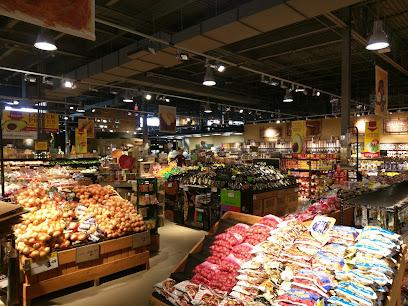
The Blue Door Café & Bakery
Experience the perfect blend of organic ingredients and artisanal baking at The Blue Door Café & Bakery in Cuyahoga Falls, Ohio.
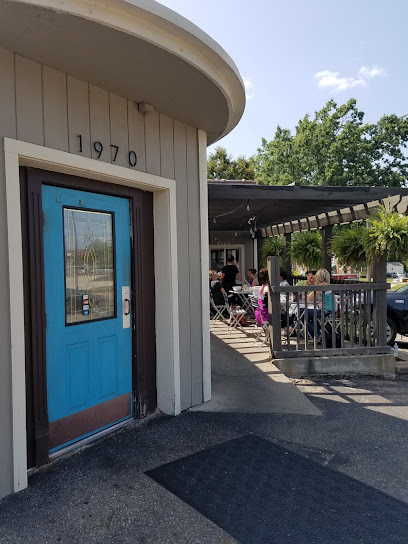
Boston Mill Visitor Center
Discover the gateway to Cuyahoga Valley National Park at the Boston Mill Visitor Center, where adventure and nature await.
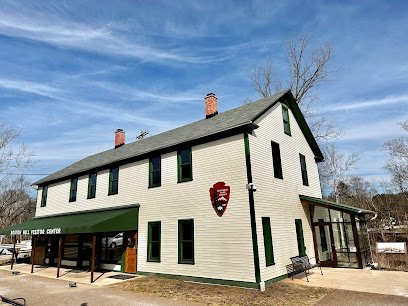
Books-A-Million
Discover a Literary Haven at Books-A-Million in Cuyahoga Falls, offering books, collectibles, and toys for every enthusiast.
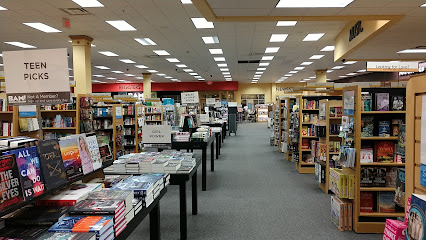
Handel's Homemade Ice Cream
Savor the finest handcrafted ice cream at Handel's Homemade Ice Cream in Cuyahoga Falls, Ohio, where every scoop is a sweet delight.
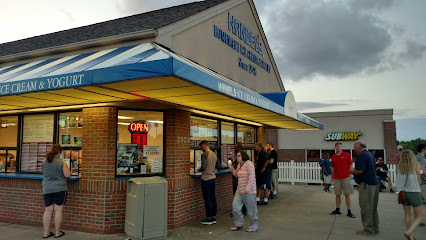
Buckland Museum of Witchcraft & Magick
Explore the Buckland Museum of Witchcraft & Magick, a unique blend of history, mysticism, and the supernatural in Cleveland, Ohio.
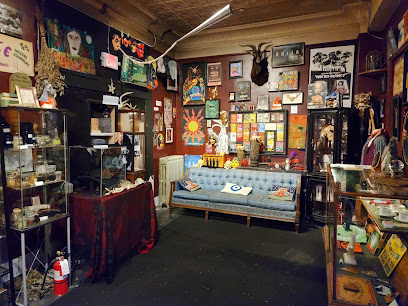
Village Discount Outlet
Uncover amazing bargains and unique finds at Village Discount Outlet in Cuyahoga Falls, Ohio - a thrift store paradise for savvy shoppers.
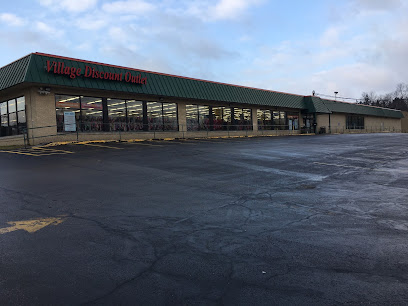
Off the Wagon
Discover a treasure trove of unique gifts, toys, and novelties at Off the Wagon in Kent, Ohio—a must-visit for every traveler.

Northside Marketplace
Explore the vibrant Northside Marketplace, where local artisans and unique boutiques come together for an unforgettable shopping experience in Akron, Ohio.
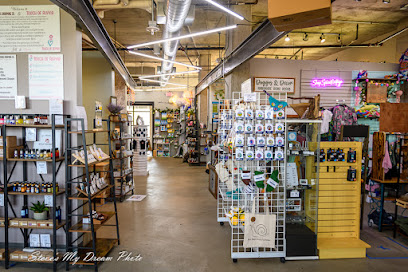
Learned Owl Book Shop
Explore the Learned Owl Book Shop in Hudson, Ohio, a literary haven filled with books, community events, and a cozy atmosphere for every book lover.
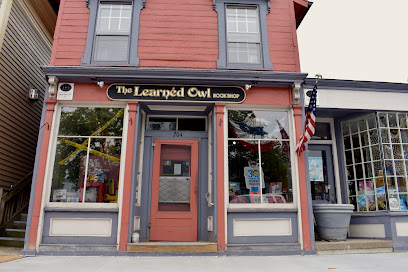
Headz Up
Discover Headz Up, Cuyahoga Falls' premier tobacco shop, offering exceptional products and knowledgeable staff in an inviting atmosphere.

Trail Mix Peninsula
Explore the charm of Trail Mix Peninsula, the perfect gift shop and snack bar that supports conservation in Ohio's Cuyahoga Valley National Park.
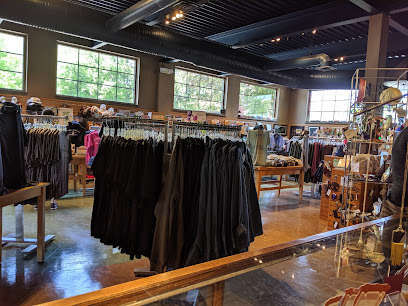
The Gift Card Loop
Discover unique gifts and local treasures at The Gift Card Loop in Cleveland, Ohio – a must-visit destination for every tourist.
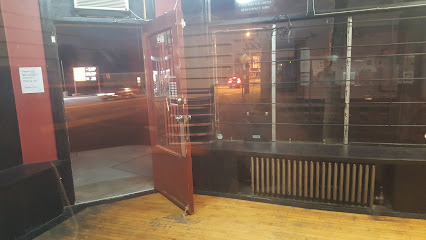
Essential bars & hidden hideouts
Winking Lizard Peninsula
Discover the culinary delights of Winking Lizard Peninsula, a vibrant American restaurant that offers great food and a lively atmosphere in the heart of Ohio.
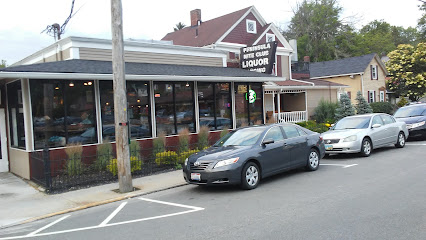
Burntwood Tavern
Experience the best of American cuisine at Burntwood Tavern, where every meal is a celebration of flavor and community in Cuyahoga Falls.
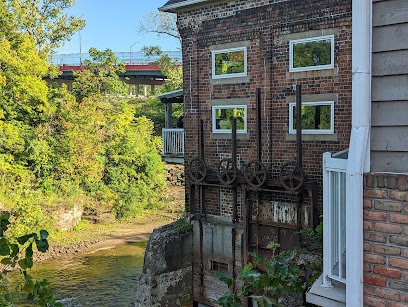
On Tap Cuyahoga Falls
Indulge in grilled delights and refreshing drinks at On Tap Cuyahoga Falls, where every meal is a celebration of flavor and community.
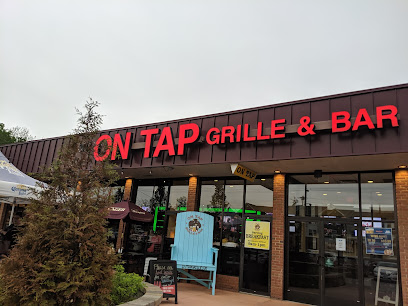
Beau's on the River
Experience fine dining with a riverside view at Beau's on the River, where exquisite cuisine meets live music and exceptional service.

Darby's on 59
Experience the best of gastropub cuisine at Darby's on 59, where innovation meets tradition in Cuyahoga Falls.
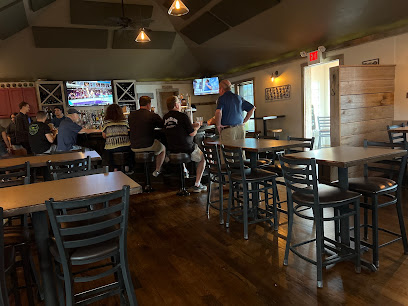
Wing Warehouse
Discover the delicious variety of wings and grilled delights at Wing Warehouse, a beloved dining spot in Cuyahoga Falls, Ohio.
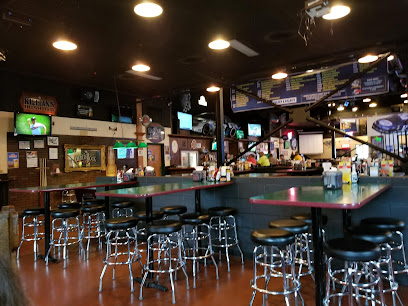
The Merchant Tavern
Discover the perfect blend of American cuisine and vibrant nightlife at The Merchant Tavern in Akron's picturesque Merriman Valley.

The Boulevard Tavern
Experience the best of American and Mediterranean cuisine at The Boulevard Tavern, a lively hub for food and fun in Cuyahoga Falls, Ohio.
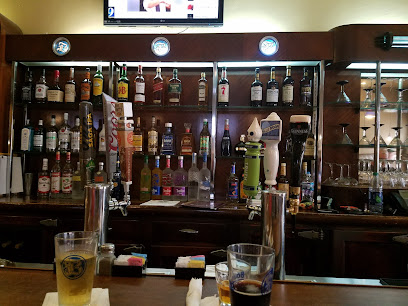
THE WORKZ on the Riverfront
Discover The Workz on the Riverfront, an exciting grill and entertainment venue in Cuyahoga Falls, featuring great food, bowling, and arcade fun.
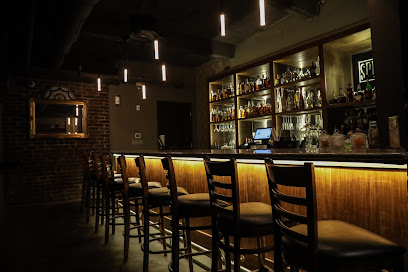
Moe's Restaurant
Discover Moe's Restaurant in Cuyahoga Falls, where traditional American flavors meet Mexican zest in a cozy, inviting atmosphere.
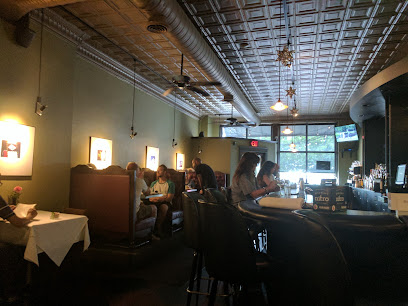
Tiki Underground
Discover Tiki Underground in Cuyahoga Falls, a lively cocktail bar offering exotic drinks and a vibrant atmosphere for an unforgettable night out.

Ohio Brewing Company
Discover unique craft beers and delightful dishes at Ohio Brewing Company in Cuyahoga Falls, a vibrant brewery experience awaits you.
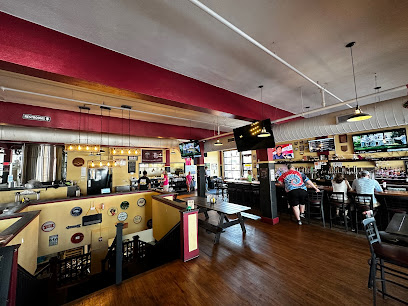
Cashmere Cricket
Discover the lively ambiance and extensive drink selection at Cashmere Cricket, the perfect bar to relax in Cuyahoga Falls.
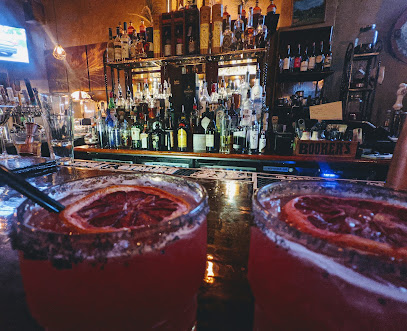
River City Bar & Grille
Experience the vibrant dining scene at River City Bar & Grille, where delicious grilled dishes meet a friendly atmosphere in Cuyahoga Falls.
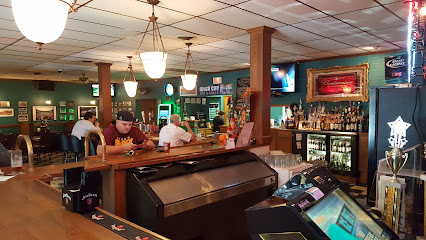
The Wine Mill
Discover the enchanting atmosphere of The Wine Mill in Peninsula, Ohio, where exquisite wines meet a cozy ambiance perfect for relaxation.
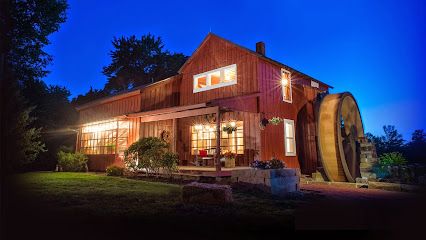
Local Phrases about Cuyahoga Valley National Park
-
- HelloHey
[hey] - GoodbyeBye
[bye] - YesYeah
[yeah] - NoNah
[nah] - Please/You're welcomePlease/No problem
[please/no problem] - Thank youThanks
[thanks] - Excuse me/SorrySorry
[sorry] - How are you?How ya doin'?
[how ya doin'] - Fine. And you?Good. You?
[good. you?] - Do you speak English?You speak English?
[you speak English?] - I don't understandI don't get it
[I don't get it]
- HelloHey
-
- I'd like to see the menu, pleaseCan I see the menu, please
[can I see the menu, please] - I don't eat meatI don't eat meat
[I don't eat meat] - Cheers!Cheers!
[cheers!] - I would like to pay, pleaseI'd like to pay, please
[I'd like to pay, please]
- I'd like to see the menu, pleaseCan I see the menu, please
-
- Help!Help!
[help!] - Go away!Get out!
[get out!] - Call the Police!Call the cops!
[call the cops!] - Call a doctor!Call a doctor!
[call a doctor!] - I'm lostI'm lost
[I'm lost] - I'm illI'm sick
[I'm sick]
- Help!Help!
-
- I'd like to buy...I want to buy...
[I want to buy...] - I'm just lookingI'm just looking
[I'm just looking] - How much is it?How much does it cost?
[How much does it cost?] - That's too expensiveThat's too pricey
[That's too pricey] - Can you lower the price?Can you give me a discount?
[Can you give me a discount?]
- I'd like to buy...I want to buy...
-
- What time is it?What time is it?
[What time is it?] - It's one o'clockIt's one o'clock
[It's one o'clock] - Half past (10)Half past ten
[Half past ten] - MorningMorning
[Morning] - AfternoonAfternoon
[Afternoon] - EveningEvening
[Evening] - YesterdayYesterday
[Yesterday] - TodayToday
[Today] - TomorrowTomorrow
[Tomorrow] - 1One
[One] - 2Two
[Two] - 3Three
[Three] - 4Four
[Four] - 5Five
[Five] - 6Six
[Six] - 7Seven
[Seven] - 8Eight
[Eight] - 9Nine
[Nine] - 10Ten
[Ten]
- What time is it?What time is it?
-
- Where's a/the...?Where's the...?
[Where's the...?] - What's the address?What's the address?
[What's the address?] - Can you show me (on the map)?Can you show me (on the map)?
[Can you show me (on the map)?] - When's the next (bus)?When's the next (bus)?
[When's the next (bus)?] - A ticket (to ....)A ticket (to ....)
[A ticket (to ....)]
- Where's a/the...?Where's the...?
History of Cuyahoga Valley National Park
-
Long before European settlers arrived, the Cuyahoga Valley was home to Native American tribes. Archaeological evidence suggests that the area was inhabited as far back as 12,000 years ago, with tribes such as the Erie and later, the Lenape and Mingo people, calling this region home. The fertile land and abundant water resources made it an ideal location for hunting and agriculture.
-
In the early 19th century, European settlers began to move into the Cuyahoga Valley, attracted by its natural resources and strategic location. The construction of the Ohio & Erie Canal in the 1820s was a pivotal moment, transforming the area into a bustling hub of commerce and transportation. The canal facilitated the movement of goods and people, significantly contributing to the region's development.
-
Completed in 1832, the Ohio & Erie Canal was a vital waterway that connected Lake Erie to the Ohio River, effectively linking the Great Lakes to the Mississippi River. The canal played a crucial role in the economic development of the Cuyahoga Valley, fostering trade and industry. Today, remnants of the canal and its towpath offer a glimpse into this bygone era, with many sections preserved for historical and recreational purposes.
-
The Industrial Revolution brought significant changes to the Cuyahoga Valley. Factories and mills sprouted along the river, taking advantage of the water power and transportation routes provided by the canal and railroads. This period saw a surge in population and economic activity, with towns like Peninsula and Boston Mills thriving as industrial centers.
-
Cuyahoga Valley National Park was established in 2000, but its journey to becoming a protected area began much earlier. Efforts to preserve the valley's natural beauty and historical significance started in the 20th century, with local citizens and organizations advocating for its protection. The area was designated a National Recreation Area in 1974 before achieving National Park status, ensuring the preservation of its unique landscapes and rich history for future generations to enjoy.
-
Cuyahoga Valley National Park is a treasure trove of cultural heritage, with numerous historical structures, farms, and landmarks. The Everett Covered Bridge, the last remaining covered bridge in Summit County, and the historic Hale Farm & Village, a living history museum, are just a few examples of the park's dedication to preserving its past. These sites offer visitors a chance to step back in time and experience the valley's rich cultural tapestry.
-
Conservation has always been a key focus for Cuyahoga Valley National Park. Initiatives to restore natural habitats, protect wildlife, and improve water quality have been ongoing for decades. Projects such as the reforestation of former agricultural lands and the restoration of native plant species have helped to maintain the ecological balance of the park, ensuring that its natural beauty remains unspoiled.
Cuyahoga Valley National Park Essentials
-
Cuyahoga Valley National Park is located in northeastern Ohio, approximately halfway between Akron and Cleveland. The closest major airports are Cleveland Hopkins International Airport (CLE) and Akron-Canton Regional Airport (CAK). From either airport, you can rent a car or take a taxi. The park is accessible via major highways including I-77, I-80 (Ohio Turnpike), and I-271. Public transportation options include the Cuyahoga Valley Scenic Railroad, which offers a scenic route through the park.
-
While in Cuyahoga Valley National Park, the best way to get around is by car or bicycle. There are several rental agencies in nearby cities. The Cuyahoga Valley Scenic Railroad offers a unique way to see the park with several boarding stations along its route. Additionally, there are numerous trails suitable for hiking and biking. Public transportation within the park is limited, so planning your transportation in advance is advisable.
-
The official currency is the United States Dollar (USD). Credit and debit cards are widely accepted in nearby cities and within the park for various services and at visitor centers. However, it's a good idea to carry some cash for smaller vendors or in case of card issues. ATMs are available in nearby towns like Peninsula and Brecksville.
-
Cuyahoga Valley National Park is generally a safe destination for tourists. However, like any travel destination, it is advisable to take standard precautions. Avoid leaving valuables in your car and lock your doors. While there are no specific high-crime areas targeting tourists within the park, it's always wise to stay vigilant, especially in more secluded areas.
-
In case of an emergency, dial 911 for immediate assistance. The nearest hospitals are in Akron and Cleveland, but there are urgent care facilities in nearby towns such as Hudson and Brecksville. It is recommended to have travel insurance that covers medical emergencies. Park rangers are also available throughout the park and can assist in emergency situations. Visitor centers have first aid stations and can provide basic medical assistance.
-
Fashion: Do wear comfortable and weather-appropriate clothing, especially if you plan to hike. Layers are recommended as the weather can change rapidly. Avoid wearing flip-flops or open-toe shoes on trails. Religion: There are no specific religious customs to observe, but always be respectful of others' beliefs. Public Transport: Public transport within the park is limited; the Cuyahoga Valley Scenic Railroad is a popular option. Respect the schedules and rules of the railroad. Greetings: A friendly wave or a simple 'hello' is customary when passing other hikers. Eating & Drinking: Do carry enough water, especially in summer. Pack out all trash and food waste to keep the park clean. Don't feed wildlife, as it disrupts their natural behavior.
-
To experience Cuyahoga Valley National Park like a local, consider visiting during weekdays or off-peak seasons to avoid crowds. Engage with park rangers and attend ranger-led programs to learn more about the park's history and ecology. The Ledges Trail offers stunning rock formations and is a favorite among locals. The Blue Hen Falls and Brandywine Falls are must-see waterfalls. Don't miss the farmers' markets in nearby towns like Peninsula, where you can buy fresh local produce and artisanal goods. For a unique experience, take a bike ride on the Ohio & Erie Canal Towpath Trail, which runs the length of the park.
Trending Landmarks in Cuyahoga Valley National Park
-
Brandywine Falls
-
Gorge Metro Park
-
Boston Mill Visitor Center
-
Cascade Valley Metro Park-Chuckery Area
-
Great Falls of Tinkers Creek
-
Ledges Trailhead
-
Canal Exploration Center
-
Ledges Overlook
-
Cuyahoga Valley Scenic Railroad, Akron
-
Deep Lock Quarry Metro Park
-
CanalWay Center
-
Lock 29 Trailhead
-
Virginia Kendall Area
-
High Bridge Glens
-
Station Road Bridge
Nearby Cities to Cuyahoga Valley National Park
-
Things To Do in Cleveland
-
Things To Do in Canton
-
Things To Do in Wooster
-
Things To Do in Youngstown
-
Things To Do in Sandusky
-
Things To Do in Mansfield
-
Things To Do in Weirton
-
Things To Do in Wheeling
-
Things To Do in Zanesville
-
Things To Do in Erie
-
Things To Do in Pittsburgh
-
Things To Do in Detroit
-
Things To Do in Bowling Green
-
Things To Do in Findlay
-
Things To Do in Columbus


